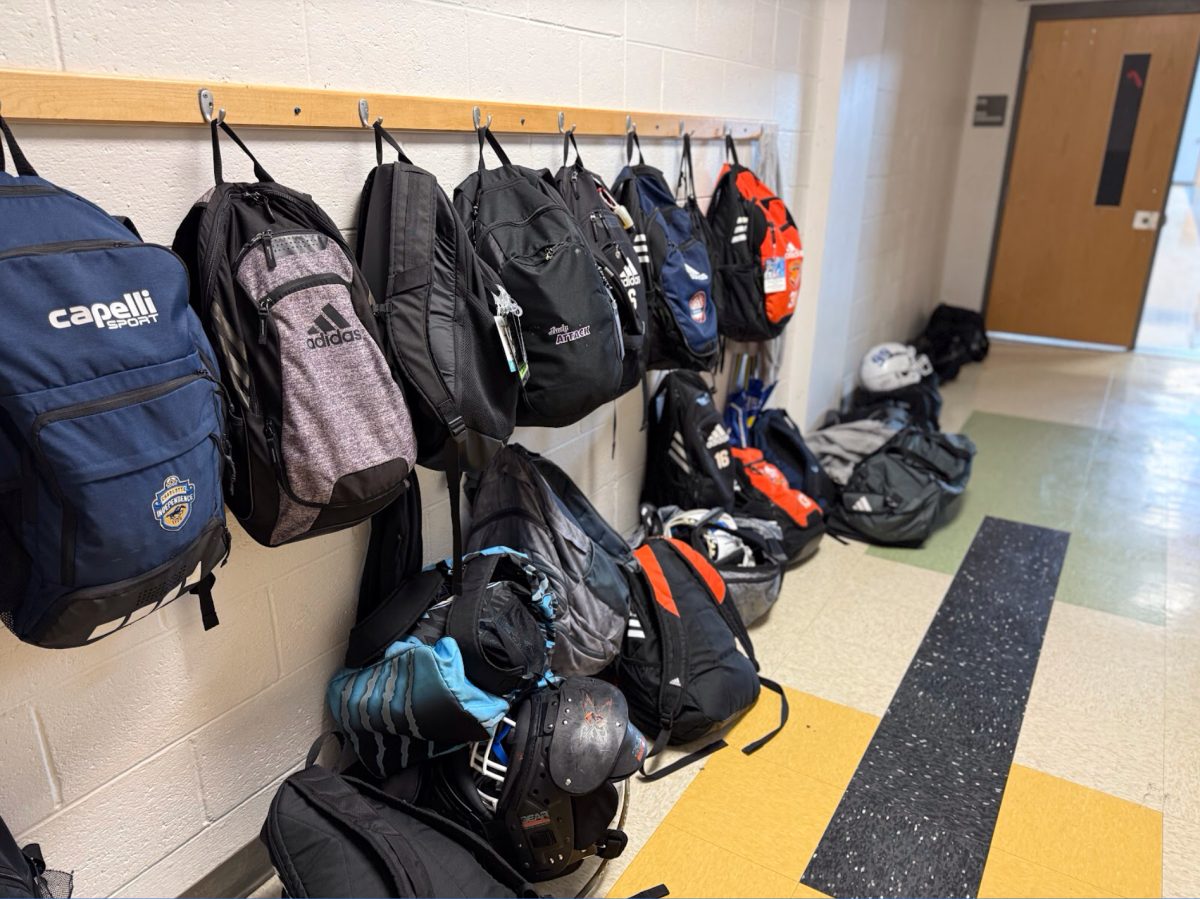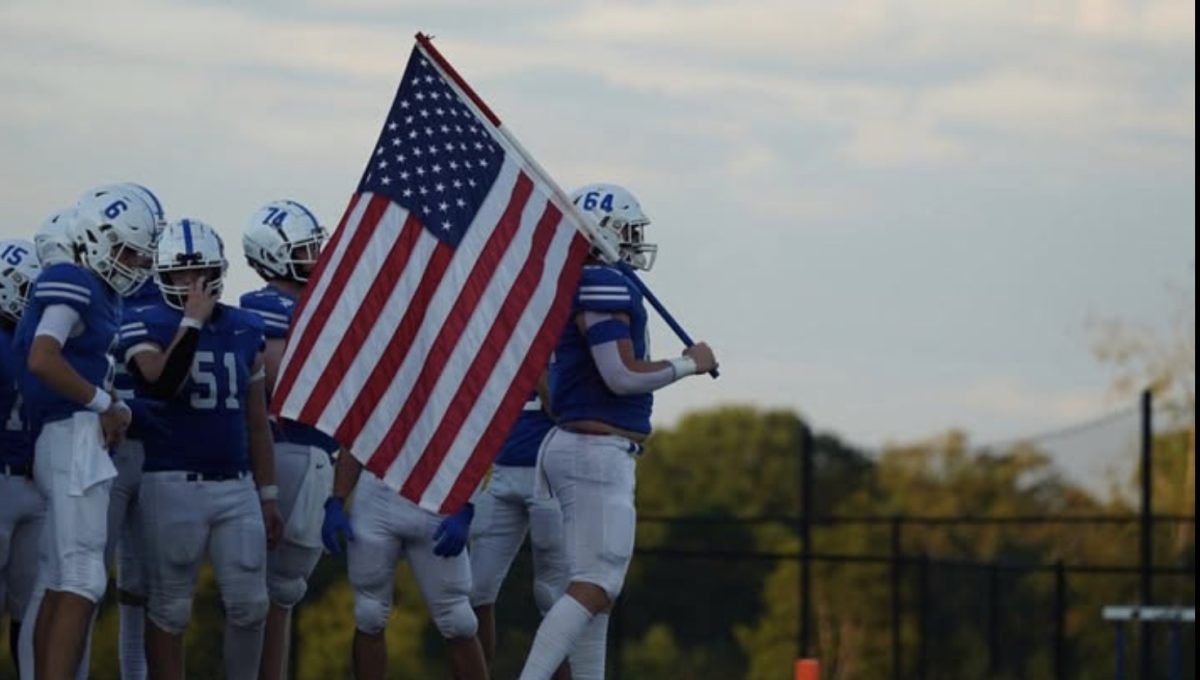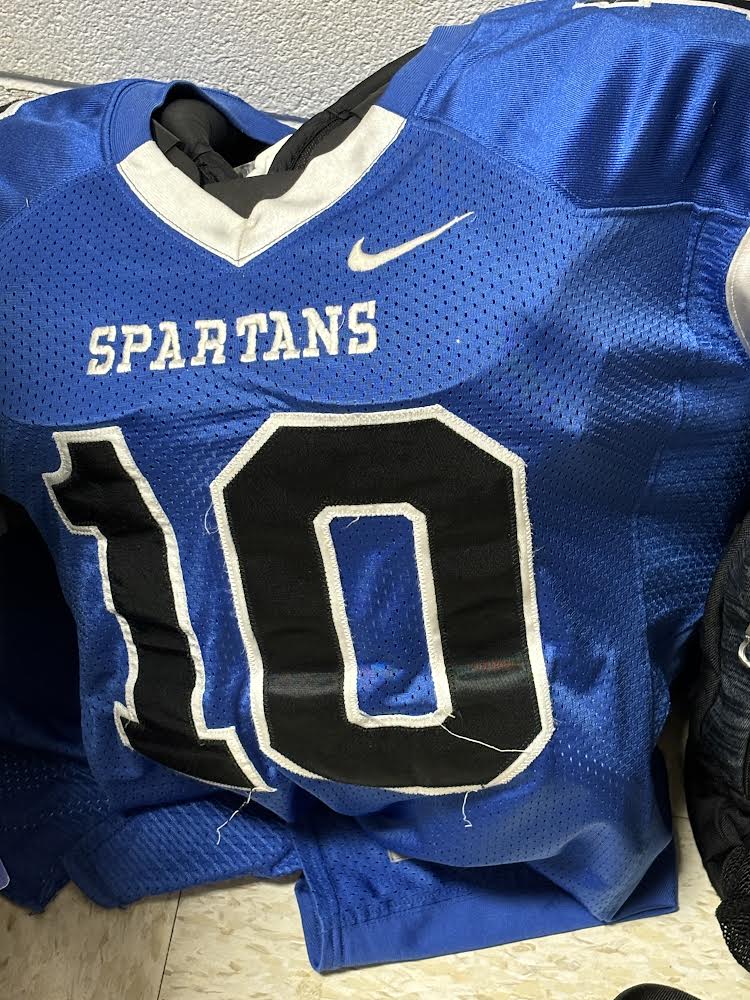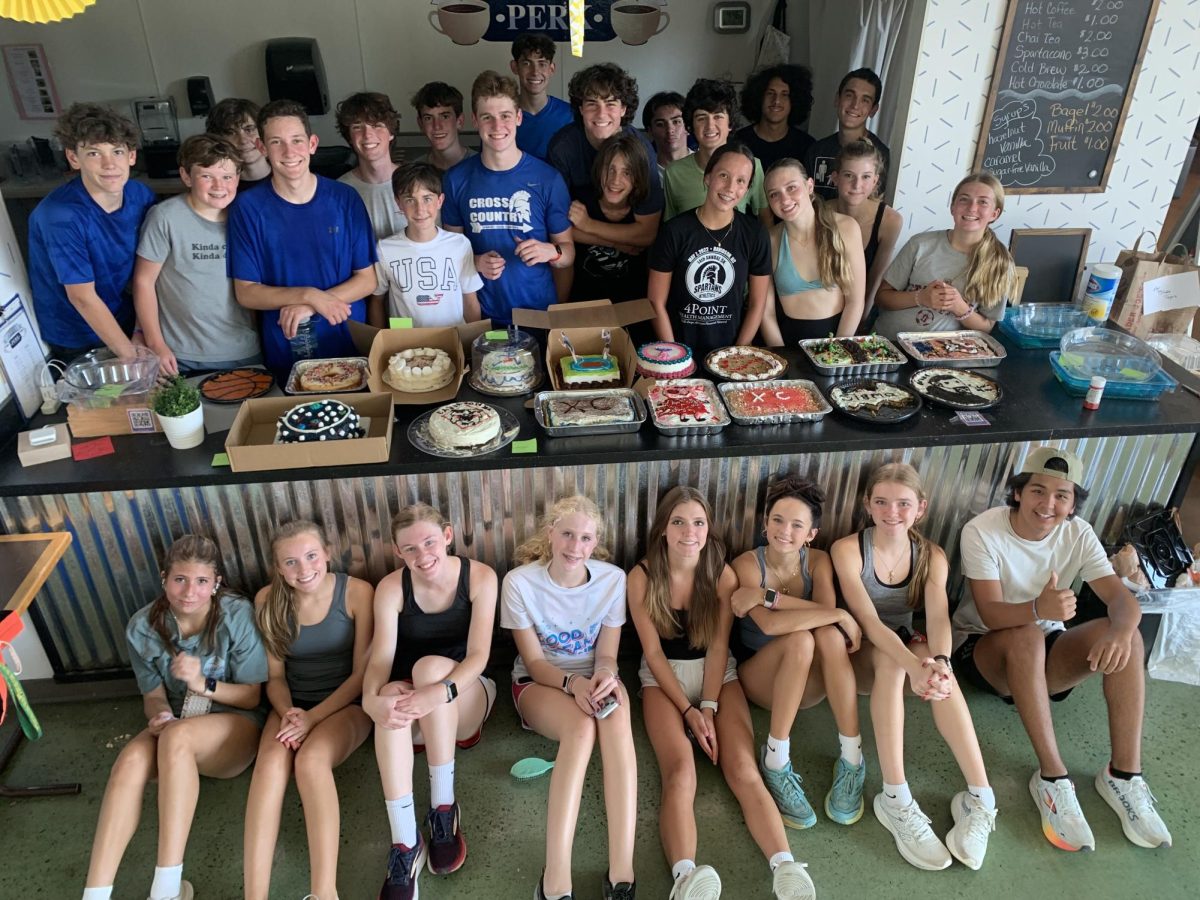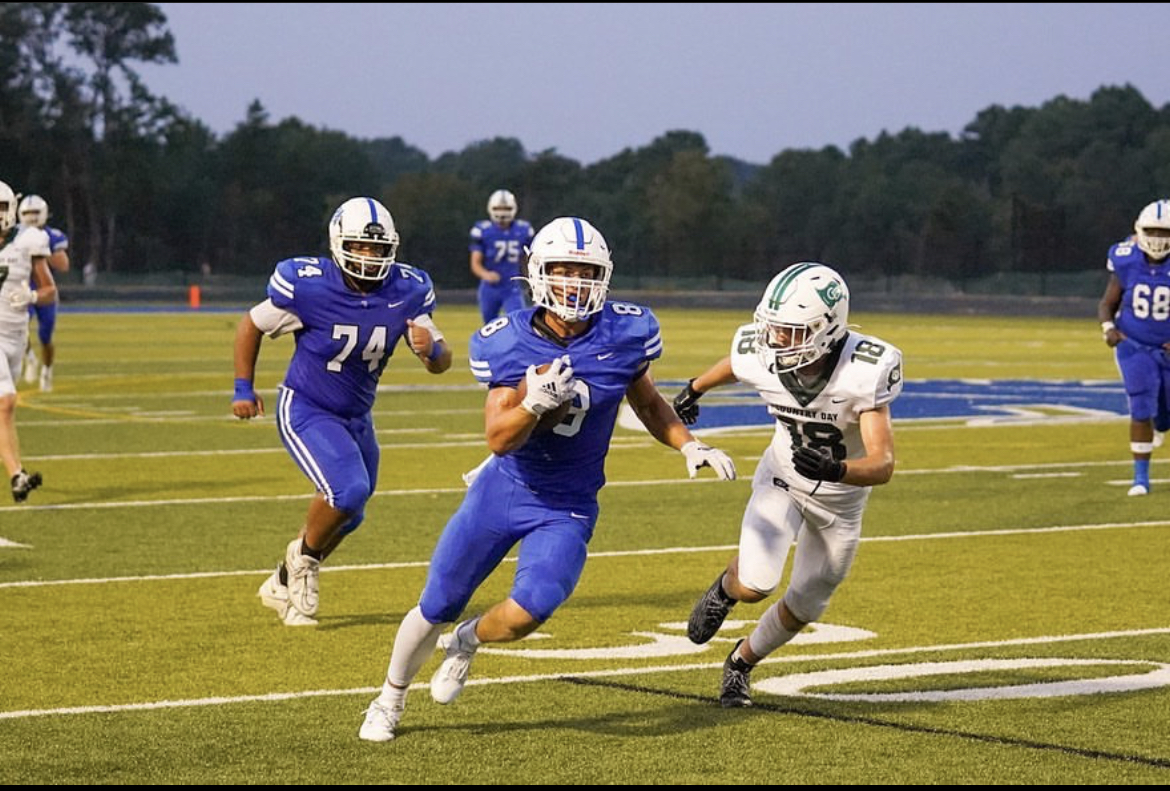For a sport that doesn’t have a student section, and one that makes spectators run further from viewing spot to viewing spot (sometimes more than the athletes run themselves), it is understandable that cross-country doesn’t get as much attention as other high school sports like football and basketball.
While football is extremely structured and has organized practices, and basketball moves up and down the court to ten foot hoops, a week in the life of a cross-country runner is completely different.
What makes cross-country so appealing to the athletes is that in the mess of uncertainty of practice and competition, there is an unnoticed schedule that athletes follow.
That schedule? It leads to results.
Here are some examples. Never being able to sleep past 6AM on Saturdays, eating your bodyweight in pasta and wondering whether you’ll be subjected to mile repeats, long runs, or hill sprints after school are just facts of life for high school cross-country runners.
Here’s what a typical week looks like.
After the last school bell rings every Monday, a week in the life of a high school cross country runner begins.
On Monday, the coach normally goes over entries/details regarding that week’s Saturday morning meet and also announces any updates for the practices leading up to it. As for the actual running part of practice, the team normally runs a long run at a comfortable pace.
On Tuesday, the team has a hard workout day. This practice time is spent based on what the team needs in terms of the upcoming meet. If it’s a hilly course, the team runs hill repeats. If it’s a flat course, the team does speed work. If it’s early in the season, everything is based on each athlete’s summer mileage. If it’s in the late season taper, just a little turnover workout is all that’s needed.
On Wednesday, everyone has a day of weight lifting and foam rolling in the high school’s weight room paired with an easy run.
Thursdays bring an easy recovery run. Think lower mileage at a comfortable pace. In addition to this, there is usually a complimentary game of ultimate frisbee afterwards.
And finally on Friday, the practice is very short so the coach can ensure that the team has plenty of time the evening before the meet to do whatever they need or want to do. There is a very short shakeout run with strides in different possible starting line formations. There is also a review of any last minute information about the next morning’s meet then runners see and study the next day’s course map.
Bright and early on Saturday morning, the team meets at the school where the bus is waiting to transport the anxious runners. Everyone needs to arrive an hour before the first race begins, so departure times from the school vary depending on that.
Once at the course, the team gets settled. An athlete’s tent is like a football team’s bench. It is the launching and landing spot.
Groups of runners then warm up an hour before their races. 15-25 minutes before the gun, runners head to the start line. There are different starts for different groups. If you aren’t running, it is the athlete’s responsibility to cheer for their teammates during races.
When the final runner finishes and the meet ends, those riding the bus back to the school go out to lunch.
To wrap up the week, Sunday is either a rest day or an easy run-on-your-own day.
And when the school bell rings on Monday, a week in the life of a high school cross-country runner begins – again.



